SHARRYLAND


The Lady of the Rings
History of an extraordinary vegetable and how to enjoy it to reach up and touch the sky with one finger

Where is
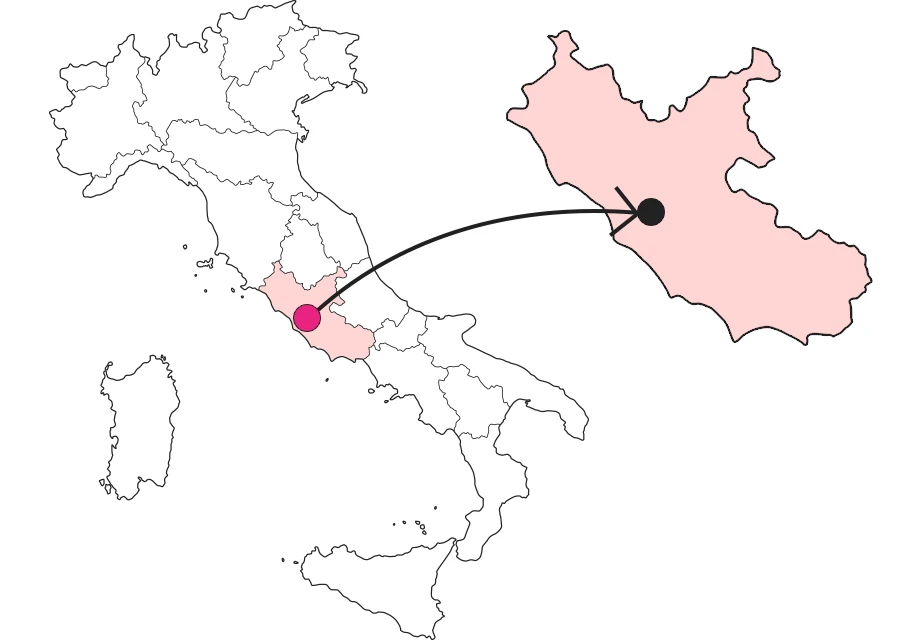
A history that begins long ago
Since the Bronze Age the onion was held in high esteem for its medicinal properties, and the ancient Egyptians used it in burials since, because of its concentric ring shape, they associated it with the concept of infinity and eternal life. Roman gladiators rubbed onion on their muscles to make them more vigorous, and Alexander the Great recommended it for the rations of his troops to give them strength and vigor. Discorides and Galen believed that red onions were best for curing digestive and circulatory problems, as well as a disinfectant in cases of poisoning and insect bites.
In ancient Rome, onions were cultivated and widely used in the kitchen. Columella, a.k.a. Lucius Junius Moderatus Columella (Gades, 4 - 70 A.D.), after his career in the army, devoted himself to farming, writing a twelve-volume treatise, the De re rustica, which is the major source of knowledge about agriculture in ancient Rome, along with the works of Cato the Elder and Varro. Columella in his texts gives us many insights into the varieties of onions grown in the Roman countryside, appreciating them to the point of calling them "pearls."
 Ancient botanical table depicting the onion plant in all its parts
Ancient botanical table depicting the onion plant in all its partsApicius (Marcus Gavius Apicius - who lived at the turn of the first century B.C. and the first century A.D.), to whom one of the earliest culinary texts, De re coquinaria (The Art of Cooking), is attributed, for his part, also tells us about the use of this bulb in cooking and reports what has all the characteristics of the first true "onion soup." Pablo Neruda, winner of the Nobel Prize for Literature in 1971, also dedicates his verses to this vegetable in his collection " Ode to Wine and Other Elementary Odes," in his Ode to the Onion: "Onion, luminous ampulla, petal upon petal has formed your beauty, crystal scales have grown you, and in the secret of the dark earth your dewy belly has rounded."
Choosing a blonde or a redhead?
If we want to distinguish onions by the color of their bulb, we can choose between blondes, reds or whites, knowing that, from northern to southern Italy, we find more than 20 varieties of onions, which also differ from each other in shape (round, oblong, flat, etc.) and size, which, in some types, can reach more than 2 kg per bulb.
 Onion field
Onion fieldA large number of onion varieties are still cultivated in Italy, and their availability on the market varies from region to region depending on the seasons: many of them have now become rare, some enjoy the I.G.P. (protected geographic indication) such as the Rossa di Tropea and Bianca di Margherita (Puglia); others have been included in PATs (Italian traditional food products, a special list established at the Ministry of Agricultural Food and Forestry Policies ) such as the Andezeno onion (Piedmont) and the Pignone onion (Liguria); still others have been included among Slow Food Presidia such as the Certaldo onion (Tuscany) and the Giarratana onion (Sicily).
Obviously, the different varieties are also characterized by their flavor, making each one more suitable for different uses in the kitchen: from use for sautéing, to long cooking, to eating raw in salads: but it should be kept in mind that the characteristics of each variety can be enhanced by the quality of the soil and the way they are grown, fertilized and irrigated. But the time has come to explore the many worlds of this extraordinary vegetable: it's off on a culinary and other journey among the onions of Italy, out of the pots!
Enter the Map of Italy's Undiscovered Wonders and find treasures where you least expect it... Inspire, Recommend, Share...
Collections
The Map thanks:
Enter the Map of Italy's Undiscovered Wonders and find treasures where you least expect it... Inspire, Recommend, Share...
Index
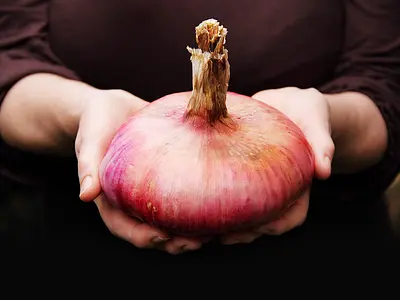
INTRODUZIONE
The Lady of the Rings
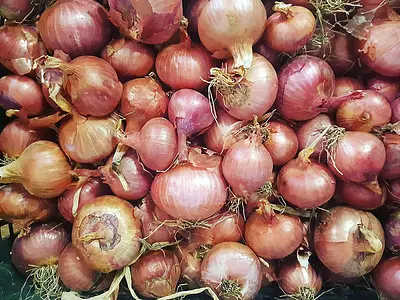
1 di 3
Certaldo onion, queen of Tuscan-style soup
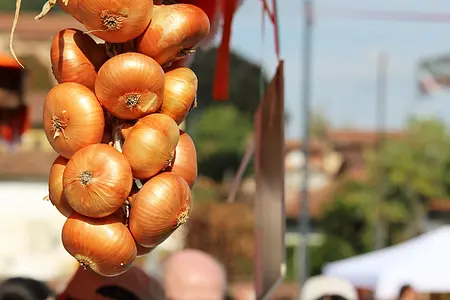
2 di 3
Andezeno onions...stuffed Piedmontese style
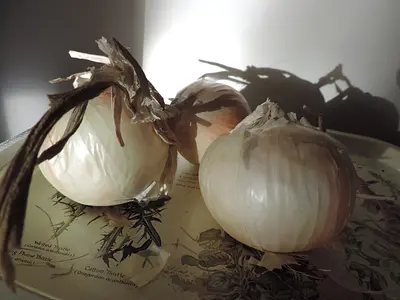
3 di 3
Paglina onion of Castrofilippo: Sicilian sweetness
Where is

Collections

